South West Coast Path
Total length Minehead to Poole, 630 miles
Best bit Bude to Tintagel, 21 miles
How to sum up England’s longest National Trail in one weekend? A path rich in smugglers, dinosaurs, tiny harbours, secret coves, lonely cliffs and golden beaches. It’s hard to choose a “best bit”, but the north Cornwall snippet from Bude’s buzzy seaside to the myth-wreathed castle at Tintagel is a strong candidate. “This is one of the most diverse sections,” says Aletha Mays of the South West Coast Path Association. “Headlands, sandy bays, historic features and, yes, steep valleys, all in a manageable but picturesque length that isn’t too taxing or crowded. It’s the perfect taster.”
With two days more, continue from Tintagel to Padstow (21 miles), which adds on the mile-long Trebarwith Strand, Bounds Cliff (good for birdwatching), the squeeze-belly lanes of Port Isaac, the wild Rumps headland, the chapel of St Enodoc and a ferry over the Camel Estuary.
Transport Buses run between Bude and Tintagel. Direct buses connect Bude to Exeter St David’s station. Buses also connect Padstow to Bodmin Parkway station.
Stay Coombe Barton Inn in surfy Crackington Haven has doubles from £140 B&B.
More information southwestcoastpath.org.uk
Offa’s Dyke
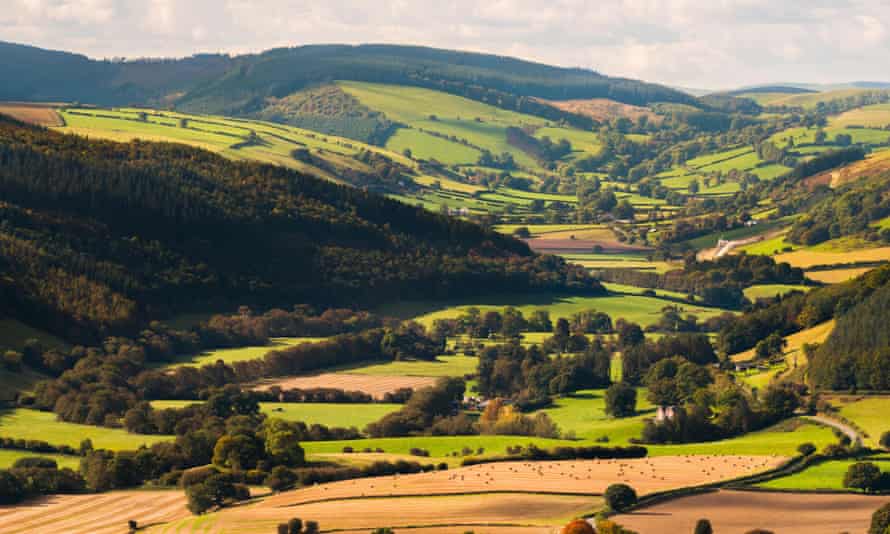
Total length Prestatyn to Chepstow, 177 miles
Best bit Knighton to Hay-on-Wye, 28 miles
It takes about two weeks to walk the remains of Offa’s Dyke along the English/Welsh border. But two days, focused on the south-central chunk between Knighton (home of the Offa’s Dyke Centre) and Hay-on-Wye, give an excellent idea of what it’s like to trace this eighth-century fortification.
“The best sections of the earthworks are visible between Kington and Knighton and, for a good part of this walk, the path runs along the top,” says Ali Allen, owner of The Walking Hub shop and B&B in Kington. “It also includes some of the trail’s most stunning scenery. South out of Kington it takes you over Hergest Ridge, where there are 360-degree views as far as the Cotswolds, the Shropshire Hills, and to the Brecon Beacons and Black Mountains.”
Transport Buses run from Hay and Kington to Hereford station, and between Knighton and Kington. Knighton is on the Swansea-Shrewsbury train line.
Stay The Walking Hub in Kington has doubles from £75 B&B.
More information offasdyke.org.uk
Pilgrims’ Way
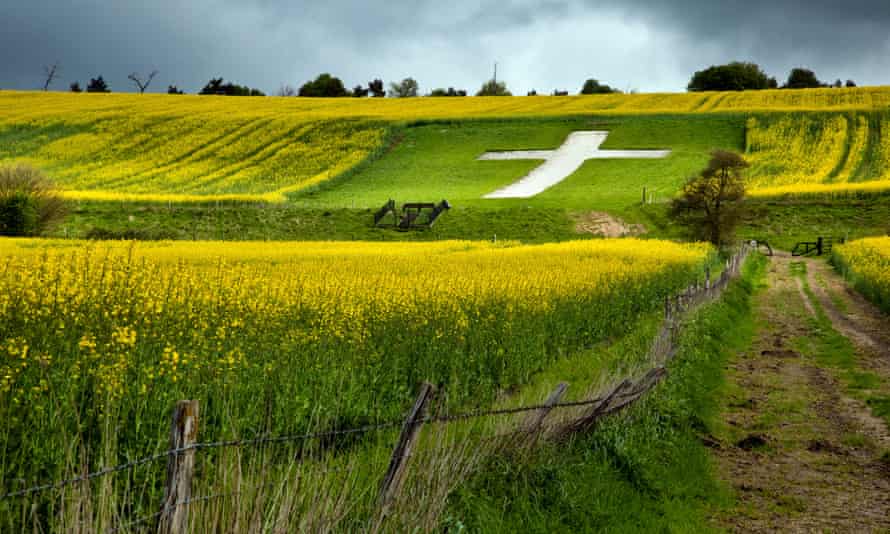
Total length Winchester to Canterbury, 133 miles
Best bit Rochester to Canterbury, 45 miles
Devotees began making pilgrimages from Winchester to Canterbury in the late 12th century, after the assassination of Thomas Becket. Around two-thirds of the ancient track they used is still identifiable today, according to Pilgrims’ Way expert Derek Bright. For those shorter on time, Derek and his wife, Mandy, founders of hiking company Walk Awhile, recommend starting from Rochester instead: “Public transport links are good and connections with pilgrims strong,” Mandy says. Doable over four or five days, this option uses a section of the North Downs Way, via the Medway Gap, to connect to the Pilgrims Way just south of the Kit’s Coty megalithic burial chamber. From there, keep in step with medieval forebears past the chalk Lenham Cross, Boughton Aluph church, Chilham Castle, St Nicholas hospital chapel in Harbledown (from where Henry II walked barefoot to Becket’s shrine), Caesar’s camp at Bigbury and into Canterbury itself.
Transport Rochester and Canterbury have train stations.
Stay Aylesford Priory, south of Rochester, offers on-theme B&B doubles from £81. There are accommodation options at Lenham, Charing, Wye and Chilham via Walk Awhile.
More information pilgrimswaycanterbury.org
Pennine Way

Total length Edale to Kirk Yetholm, 268 miles
Best bit Middleton-in-Teesdale to Alston, 41 miles
Ultra-runner Damian Hall, once holder of the fastest time on the Pennine Way and author of the official National Trail guide, has an intimate relationship with the route. And the section from Middleton-in-Teesdale to Alston is, he reckons, Pennine Way gold. “It has three fine waterfalls, plus the apocalyptic canyon of High Cup, the best sight along the entire trail,” he says.
It starts with a lovely amble through flower-dotted meadows and beside the River Tees. Upper Teesdale ushers you through a picturesque valley before a testing scramble by Cauldron Snout, then the epic High Cup Nick and down to Dufton. Overnighting here makes most sense, though it does break the route into two long days. Indeed, the next, says Hall, is the toughest of the Pennine Way: “Cross Fell is the highest point on the route, and among the coldest places in England. In clear weather it’s a day of stunning views.”
Transport Both Middleton-in-Teesdale and Alston are served by bus.
Stay Dufton YHA has doubles from £29 room only.
More information nationaltrail.co.uk
Monarch’s Way

Photograph: UK Churches/Alamy
Total length Worcester to Shoreham-by-Sea, 625 miles
Best bit Boscobel loop from Cosford, Shropshire, 31 miles
The Monarch’s Way is both historically authentic and brilliantly bonkers. This circuitous, sometimes backtracking beast follows the escape route taken by King Charles II in 1651 after losing the Battle of Worcester to Cromwell, and many links to the fleeing royal remain. For those seeking a trail taster, a loop on the Shropshire/Staffordshire border is the most resonant, according to John Tennant, chairman of the Monarch’s Way Association. “This is where, for the king, all hell was breaking loose – he had a plan, his plan fell to bits, he had another…”
Making this walk anti-clockwise from rail-connected Cosford means that Boscobel House and its Royal Oak, in which Charles sought refuge, are reached early on day one; many other spots with links to the king lie ahead: the ruins of White Ladies Priory (where Charles stayed), Evelith Mill (where he was almost discovered), Madeley’s Royal Barn (where he hid). The quiet village of Kemberton, near Ironbridge and once a hub of industry, lies about halfway.
Transport Cosford train station.
Stay Church Farm in Kemberton has doubles from £95 B&B.
More information ldwa.org.uk
West Highland Way
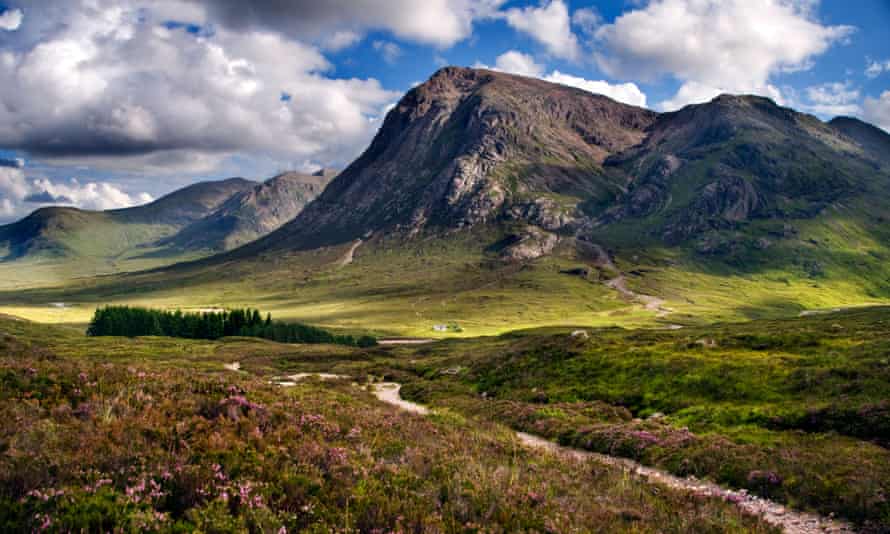
Total length Milngavie to Fort William, 96 miles
Best bit Drymen to Inverarnan, 29 miles
The West Highland Way is Scotland’s most popular long-distance trail. And it’s a cracker: varied, well waymarked and a great intro to the Highlands. If you want to cut it short, Paul Webster, co-founder of excellent Scottish hikes database Walk Highlands, recommends a couple of options. “The classic bits are the crossing of Rannoch Moor, followed by climbing over the Devil’s Staircase, so you could walk Tyndrum to Kinlochleven over three days,” he says. “The other really good section is the east side of Loch Lomond, from Drymen over Conic Hill and then by the loch to Inverarnan – tougher than people expect.”
The latter is doable in two days. From the village of Drymen you climb Conic Hill, which lies on the faultline that divides the Highlands and Lowlands and marks a dramatic change in scenery, before undulating along the edge of Loch Lomond, via forests, rugged tracks and Rob Roy’s Cave.
Transport Drymen and Inverarnan are both served by bus.
Stay Rowardennan Hotel has doubles from £138 B&B.
More information westhighlandway.org, walkhighlands.co.uk
Thames Path
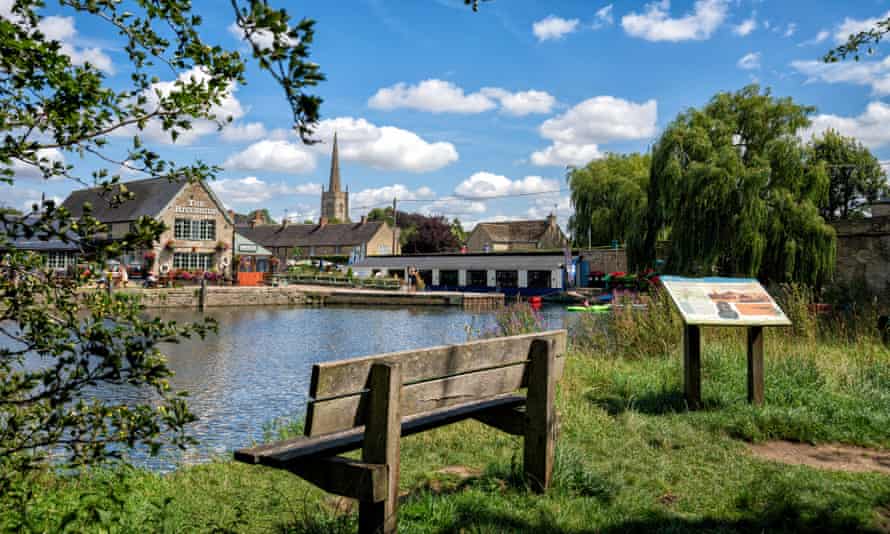
Total length Kemble, Gloucestershire to the Thames Barrier, 185 miles
Best bit Cricklade to Oxford, 42 miles
The Thames Path has a split personality: the upper reaches are far more peaceful and rural, but relatively ill-served by public transport; lower down, things get busier and more built up, but more accessible. Hannah Gutteridge, manager of the Thames Path, suggests Cricklade to Oxford would make a fine two- or three-day option: “This section offers more tranquillity, because there are fewer boats upstream from Oxford, and more chance of seeing kingfishers and hearing cuckoos. Plus, walking into the historic city along the Thames is very interesting.”
This section also passes the small Cotswold market town of Lechlade and Kelmscott Manor, one-time retreat of William Morris, which reopened in April after conservation work. Cricklade is accessible by bus, and there are several pubs en route for overnight stops.
Transport Buses run to Cricklade from Swindon. Oxford is well served by bus and train.
Stay The Riverside Inn in Lechlade has room-only doubles from £68. The Trout Inn at Tadpole Bridge has room-only doubles from £100.
More information nationaltrail.co.uk
Coast to Coast Walk

Total length St Bees to Robin Hood’s Bay, 192 miles
Best bit Kirkby Stephen to Richmond, 36 miles
According to David Claxton of the Wainwright Society, you shouldn’t shorten the C2C. “The beauty of it is that it has variety spread over the whole route. To say any section really sums up the route would do it no justice,” he says. “Far better to pick out separate day walks and do them when the weather is good.” Highlights, according to David, include Rosthwaite to Grasmere (nine miles), which passes through classic Lakes scenery, and Ingleby Cross to Clay Bank Top (11.2 miles) in the remote North York Moors. David also reckons Kirkby Stephen to Keld (11 miles) and Keld to Reeth (11 miles) are both great, and Reeth to Richmond (11 miles) is nice too,, so if you’re content to just focus on the Dales, this makes an accessible – if not totally approved of – mini-adventure.
Transport Kirkby Stephen is on the Settle-Carlisle train line. A bus connects Keld, Reeth and Richmond.
Stay Keld Lodge has B&B doubles from £110. The Black Bull in Reeth has B&B doubles from £40.
More information wainwright.org.uk
John o’Groats Trail

Total length Inverness to John o’Groats, 147 miles
Best bit Wick to John o’Groats, 26 miles
The John o’Groats Trail is itself a trimmed segment of a very long walk: the classic challenge from Land’s End to Scotland’s north-eastern extremity is well over 1,000 miles. But arguably the most satisfying section of the lot is the grand finale.
“Wick to John o’Groats is a superb coastal walk,” says Paul Webster of Walk Highlands, “though it’s a much rougher, more informal route than many other long-distance paths.” Indeed, the whole of the shoreline-hugging John o’Groats Trail is still a work in progress, and suited to more experienced walkers; the section from Wick to midway Keiss involves fording the River of Wester, which is impassable if the water is high. But the pay-offs are dramatic cliffs and sea stacks, lonely lighthouses, castle ruins, magnificent Sinclair’s Bay and the end of the country itself.
Transport Wick is the terminus of the Far North Line from Inverness. John o’Groats is served by buses.
Stay A Castle View B&B in Keiss has B&B doubles from £65.
More information jogt.org.uk, walkhighlands.co.uk
Wales Coast Path
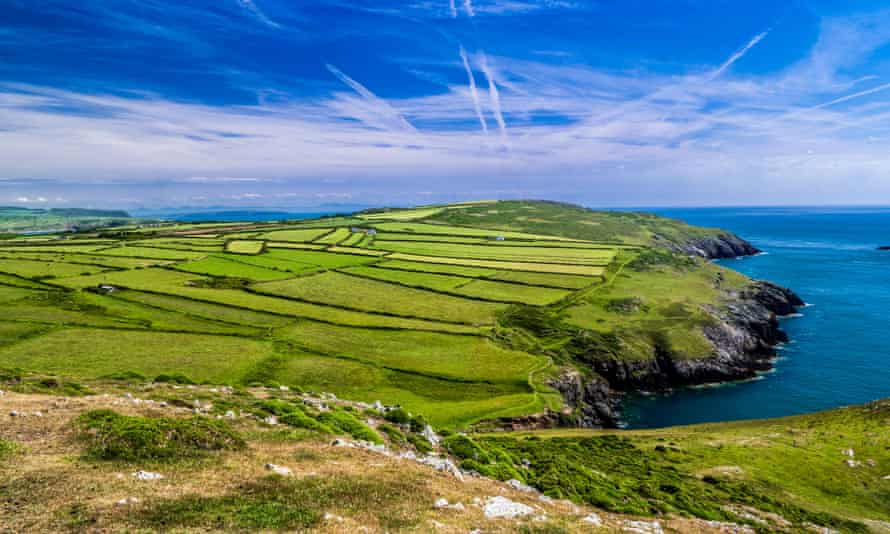
Total length Chester to Chepstow, 870 miles
Best bit Nefyn to Pwllheli, 56 miles
The world’s first coast path to stretch around a whole country celebrates its 10th anniversary this year. But people still haven’t cottoned on to the Llŷn Peninsula, reckons Paddy Dillon, author of the Cicerone guidebook to the trail (a second edition is out now). “When the Wales Coast Path was established, they made the biggest effort to create brand-new footpaths around this peninsula, opening up spectacular cliff coastlines,” says Paddy.
With just two days to spare, Paddy suggests any stretch between Nefyn and Aberdaron, for dramatic rocky promontories, whistling sands and a good chance of seeing seals; with four or five days, try Nefyn to Pwllheli, which takes in some good beach walks too.
Transport Buses run to Nefyn from Pwllheli. Pwllheli is the terminus of the Cambrian Coast railway.
Stay The beachfront Ty Newydd Hotel in Aberdaron has doubles from £110 B&B. The Wylfa in Abersoch has doubles from £120 room only.
More information walescoastpath.gov.uk
 Top Naija News: Nigerian News, Breaking News Nigeria and World News Top Naija News is a daily news publication in Nigeria, delivering the latest breaking news in Nigeria and around the world.
Top Naija News: Nigerian News, Breaking News Nigeria and World News Top Naija News is a daily news publication in Nigeria, delivering the latest breaking news in Nigeria and around the world.



